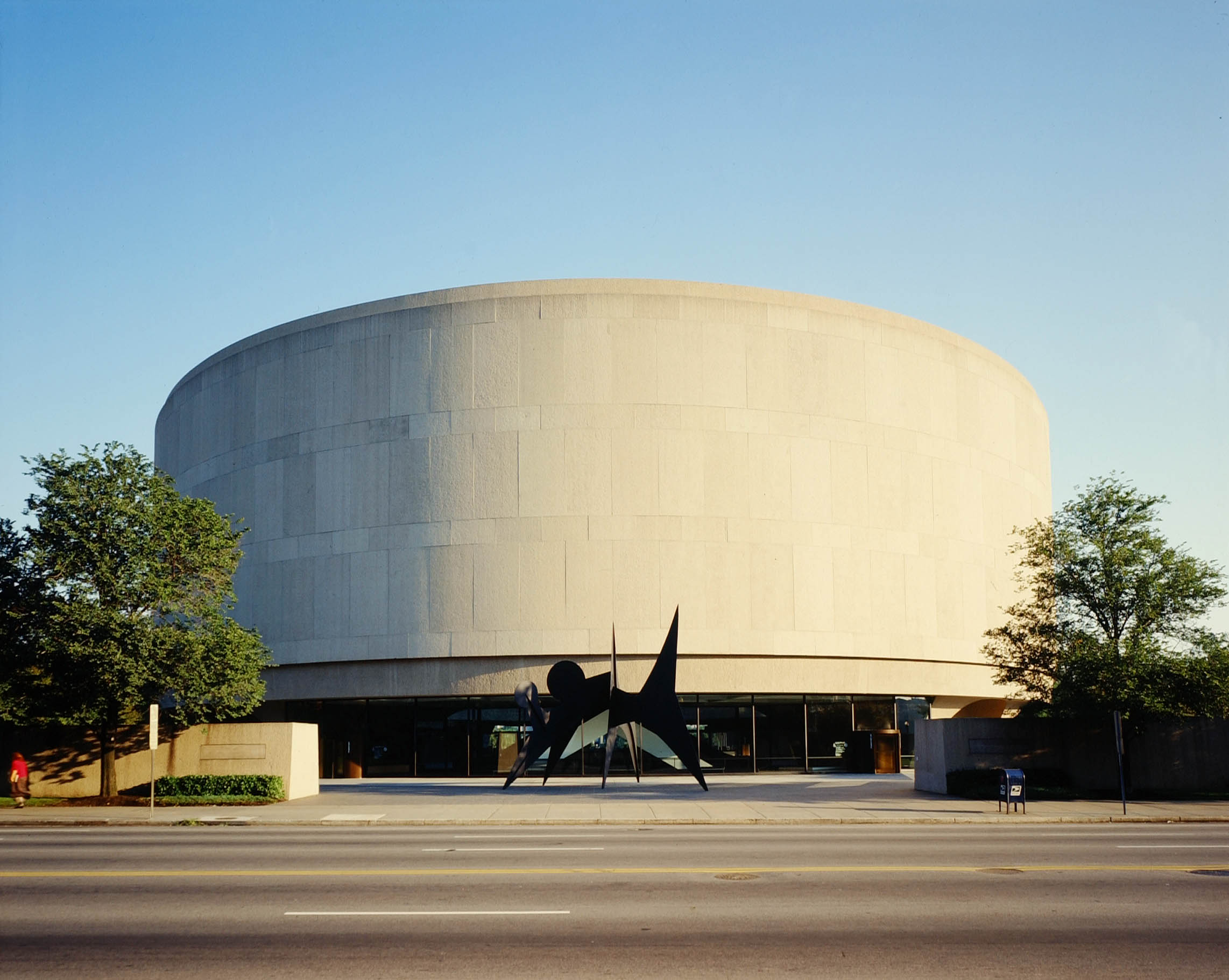Jun 28 2017 - Jan 1 2018
Hirshhorn Museum and Sculpture Garden
Washington, DC
One of China’s most provocative living artists, Ai Weiwei (b. Beijing, 1957) has spent nearly four decades exploring the relationships between art, society, and individual experience. His work, as prolific as it is eclectic, encompasses a wide range of media, including sculpture, installation, photography, film, painting, and architecture. Ai Weiwei began seeking to incite change through his art in the late 1970s, and as his work has developed, he has become increasingly committed to his guiding principle of promoting human rights and freedom of expression for all.
Ai Weiwei’s monumental installation Trace portrays individuals from around the world whom the artist and various human rights groups consider to be activists, prisoners of conscience, and advocates of free speech. Each of these 176 portraits comprises thousands of plastic LEGO® bricks, assembled by hand and laid out on the floor. The work foregrounds Ai Weiwei’s own experiences of incarceration, interrogation, and surveillance. In 2011, he was detained by the Chinese government for eighty-one days and then prohibited from traveling abroad until 2015. In 2012, the Hirshhorn opened Ai’s first major US retrospective, Ai Weiwei: According to What?, which he was unable to attend.
Originally commissioned in 2014, Trace first opened as part of @Large: Ai Weiwei on Alcatraz, a site-specific takeover of the former Alcatraz Federal Penitentiary in San Francisco, a collaboration between the nonprofit FOR-SITE Foundation, the National Park Service and the Golden Gate Park Conservancy.
Like Ai Weiwei, the individuals represented in Trace have been detained, exiled, or have sought political asylum because of their actions, beliefs, or affiliations. The subjects were chosen by Ai Weiwei and reflect his response to information provided by Amnesty International and other human rights organizations, as well as his own independent research.
As part of this installation, Ai Weiwei has created a new 360-degree wallpaper installation entitled The Plain Version of the Animal That Looks Like a Llama but Is Really an Alpaca. At first glance, the pattern looks merely decorative, but a closer inspection reveals surveillance cameras, handcuffs, and Twitter bird logos, which allude to Ai Weiwei’s tweets challenging authority. Together, the massive works span nearly 700 feet around the Hirshhorn’s third floor Outer Ring galleries.
Ai joins the Hirshhorn’s 2017–18 schedule of a diverse group of contemporary artists whose work reflects global conversations that shape history, politics, and culture, including Japanese artist Yayoi Kusama, German artist Markus Lüpertz, Swiss artist Nicolas Party, and American artists Yoko Ono, Theaster Gates, and Mark Bradford.
Credit: Exhibition overview from museum website.
Exhibition Venues & Dates
Jun 28 2017 - Jan 1 2018
Hirshhorn Museum and Sculpture Garden
Washington, DC
